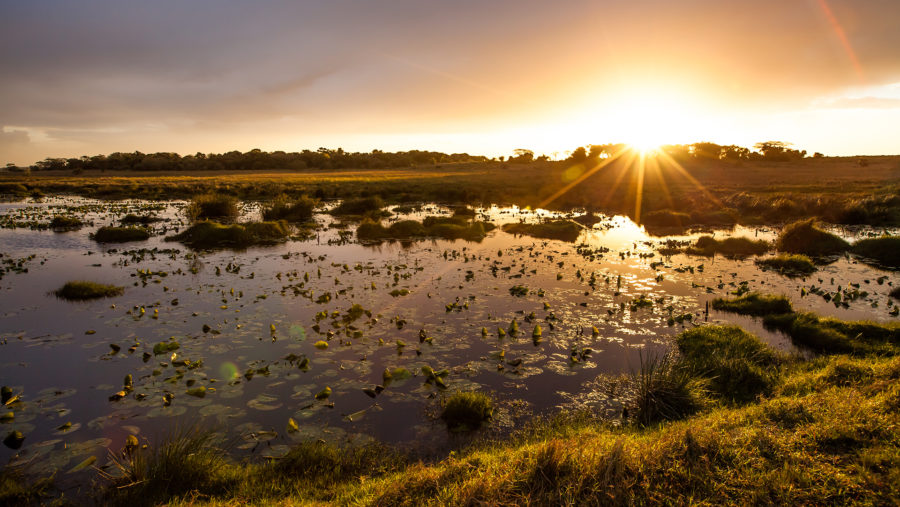
A new attempt to define the reach of the Clean Water Act (CWA) is being praised by farmers, residential developers, and other businesses, but the future of the changes under consideration remains murky.
The Environmental Protection Agency and U.S Army Corps of Engineers have proposed reversing the Obama administration’s Clean Water Rule. The 2015 policy broadened the legal definition of Waters of the United States (WOTUS): the waterways protected by the CWA. It states that ephemeral streams—those that only flow occasionally—are protected if they have an identifiable bed, bank, and high-water mark. The rule also defines channels, wetlands, and ponds within 100 feet of a tributary to traditional navigable water (TNW)—or within 1,500 feet of TNW—as protected waters. Tributaries under this rule can include discontinuous channels, drainage swales, and wetlands or water bodies in a 100-year flood plain.
The revised WOTUS definition, developed at the request of President Donald Trump, would exclude streams and tributaries that do not flow year-round from regulation (ephemeral waterbodies). The proposal also would exclude wetlands that are not directly connected, or adjacent, to jurisdictional waters. .
Since 1977, Section 404 of the Clean Water Act has required real estate developers, and anyone else proposing projects that impact “navigable waters” to get permission from the U.S. Army Corps of Engineers or a state or tribal agency acting on its behalf before moving forward. The process of obtaining a permit already was cumbersome. The 2015 Clean Water Rule intensified businesses’ burden, opponents to the rule say, by requiring them to spend hundreds of thousands of dollars on federal permits before they build on, grade, dredge, or drain small bodies of water on their property. Some businesses, uncertain whether water on their land meets the legal standard for WOTUS, have had to spend additional money on assessments. If the new rule is approved, the goal would be that it would help remove confusion and make wetland permitting quicker and less expensive.
Environmental groups, on the other hand, are saying the rule change would leave as much as 50 percent of the nation’s wetlands without much-needed federal protection. They’ve threatened to sue if the EPA approves the revised WOTUS definition.
Meanwhile, the 2015 Clean Water Rule has been facing challenges on other fronts. In February 2018, the EPA and Army Corps issued a final rule that would postpone implementation of the Obama administration rule until 2020. In August of that year, after nine environmental groups challenged the rule in the United States District Court for the District of South Carolina, the rule was reinstated.
Currently, the Clean Water Rule applies in about half of the states, including Texas and Louisiana. The remaining states have issued injunctions preventing the rule from going into effect. What’s more, there is litigation pending in a federal district court in Texas that could result in a nationwide injunction.
With so many factors clouding the future of the Clean Water Rule, and the Trump administration’s revised standard, individuals and businesses should use extreme caution when buying or developing property.
Call EDGE for further insight; we can help with wetlands delineation, permitting, and other obstacles to the flow of your business development.
